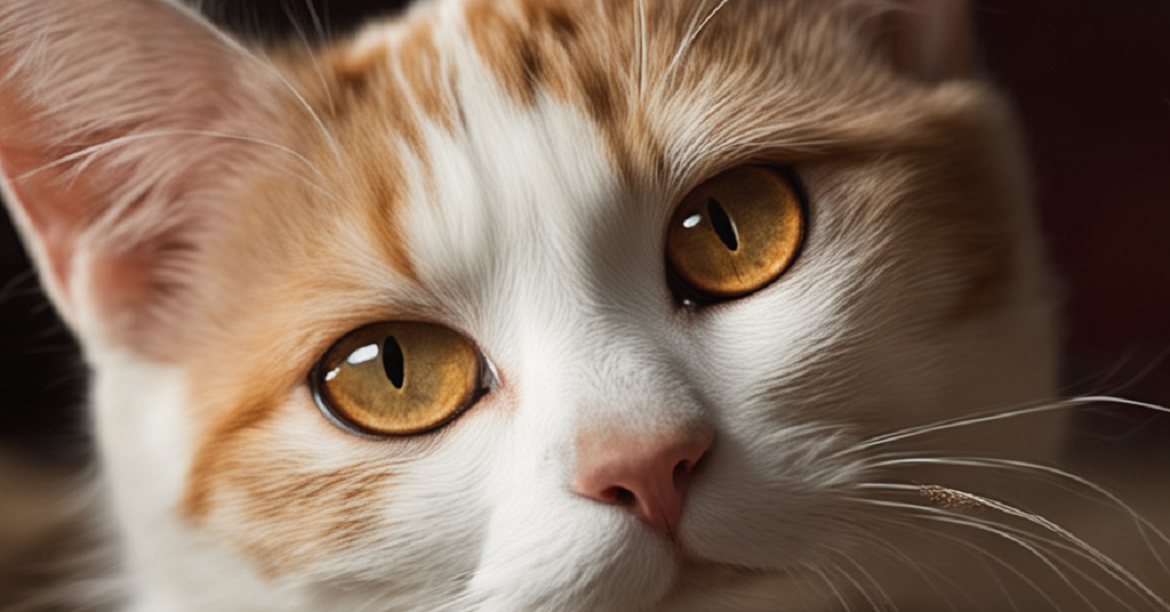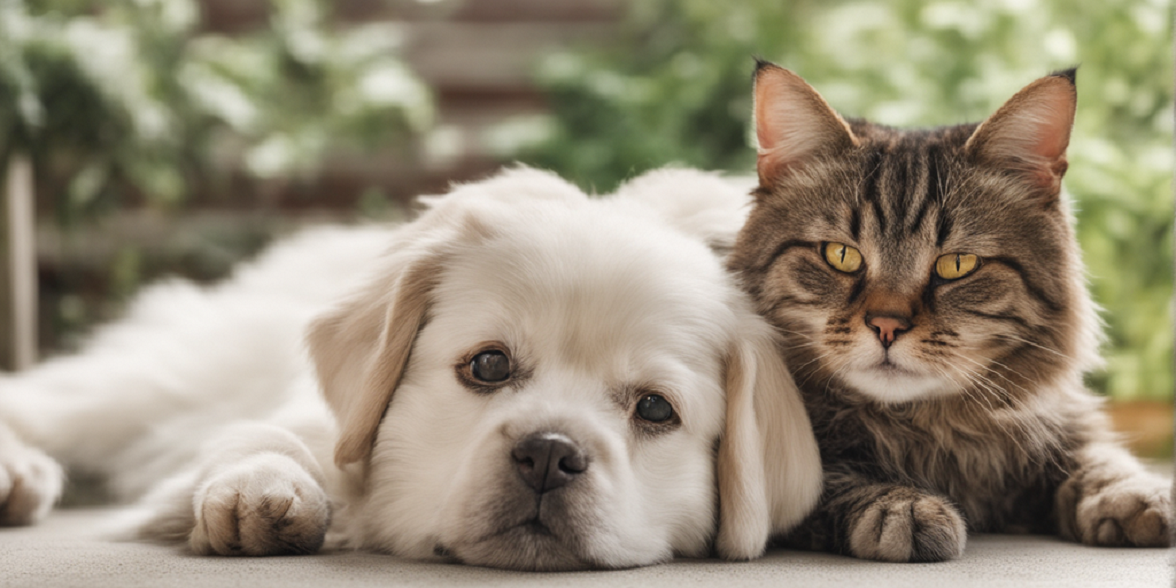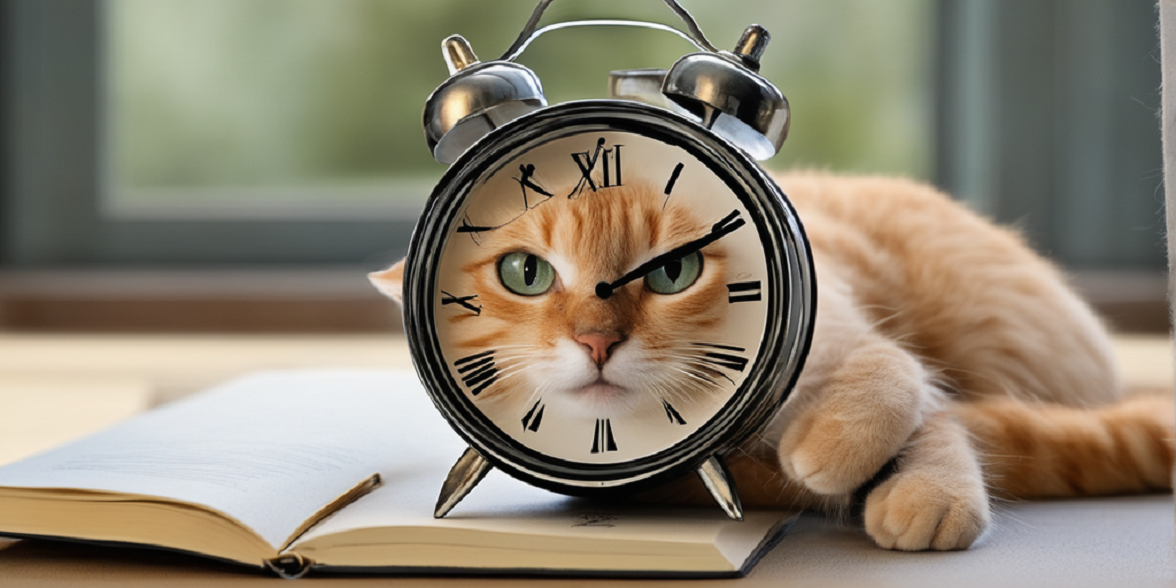You’re lounging on the couch, engrossed in your favorite book, when you suddenly feel a pair of eyes fixated on you. You glance over to find your feline companion, whiskers twitching, sitting nearby with a soft, almost mesmerizing expression, and those slow-blinking eyes locked onto yours. What does it all mean? Is your cat trying to tell you something?
In the world of cats, communication can be subtle and puzzling. Understanding their signals and cues is like deciphering a secret code. But rest assured, that gentle stare and those languid blinks are often their way of saying, “I love you.” Let’s dive into this intriguing topic and explore the fascinating ways your feline friend shows affection.
The Soft Stare: More Than Meets the Eye
When your cat fixes its gaze on you with a soft, unblinking stare, it’s like receiving a secret message of affection. This prolonged eye contact is a sign of trust. In the wild, cats maintain eye contact with their mothers when they’re nursing, and as a pet owner, you’ve become an important part of your cat’s family.
The soft stare is different from an intense or threatening gaze. A cat that’s upset or anxious will have dilated pupils and a more rigid posture. In contrast, the soft stare is accompanied by a relaxed body language, indicating a sense of comfort and security. It’s your cat’s way of saying, “You’re my safe haven.”
The Art of Slow Blinking: Cat Kisses
Ever noticed your cat slowly closing and opening its eyes while looking at you? This is known as slow blinking or “cat kisses.” It’s a tender gesture that signifies deep trust and affection.
Cats typically blink slowly at their loved ones, both other cats and their human companions. When your cat engages in this slow-blinking behavior, it’s a sign that they consider you a part of their inner circle. Respond in kind by slowly blinking back at them. This reciprocal blinking can strengthen the bond between you and your feline friend.
Cats and Their Language of Love
Understanding your cat’s subtle expressions and cues is essential for building a strong bond. Here are a few more ways your cat might be expressing affection:
- Kneading: You might have noticed your cat rhythmically pushing and pulling its paws against your lap or a soft surface. This kneading behavior is a throwback to kittenhood when they kneaded their mother’s belly to stimulate milk flow. It’s a sign of contentment and love.
- Purring: Cats purr for various reasons, and one of them is to express happiness and contentment. If your cat purrs while snuggled up with you or during petting sessions, it’s a clear indicator of their affection.
- Bringing You “Gifts”: While it might be a bit unsettling to find a dead mouse or bird on your doorstep, your cat is actually trying to show you love. In the wild, mother cats bring back food for their kittens to teach them to hunt. So, when your cat presents you with its “catch,” they’re sharing their hunting success and demonstrating their bond.
- Following You Around: Cats are known for their independent nature, but if yours shadows your every move, it’s often a sign of affection and a desire to be close to you.
- Cuddling: Some cats are more overt in their affection and love to snuggle up with their owners. If your cat curls up on your lap or next to you on the couch, they’re expressing their love and trust.
The Importance of Reciprocity
As a cat owner, how can you reciprocate your feline friend’s affection? Here are some simple ways to strengthen the bond:
- Regular Playtime: Engage your cat in interactive play with toys like feather wands or laser pointers. Play helps release pent-up energy and builds a deeper connection.
- Gentle Petting: Many cats enjoy being petted, but it’s essential to respect their preferences. Pay attention to your cat’s body language, and if they show signs of discomfort, give them space.
- Healthy Treats: Treats are a great way to reinforce positive behavior and show your cat some extra love.
- Quality Time: Spend time with your cat, whether it’s lounging together on the couch, watching birds outside, or simply being in the same room. Cats value your presence.
- Create a Safe Environment: Ensure your home is a safe and comfortable place for your cat. Provide cozy spots, scratching posts, and plenty of hiding places.
In conclusion, decoding your cat’s affectionate signals, like the soft stare and slow blinking, is a fascinating journey into the mysterious world of feline communication. Remember that every cat is unique, and their expressions of love may vary. The key is to pay attention to your cat’s cues, respond with affection, and build a strong and loving bond that will bring joy to both you and your feline friend. So the next time your cat gives you that enchanting gaze, know that it’s their way of saying, “I love you.”




